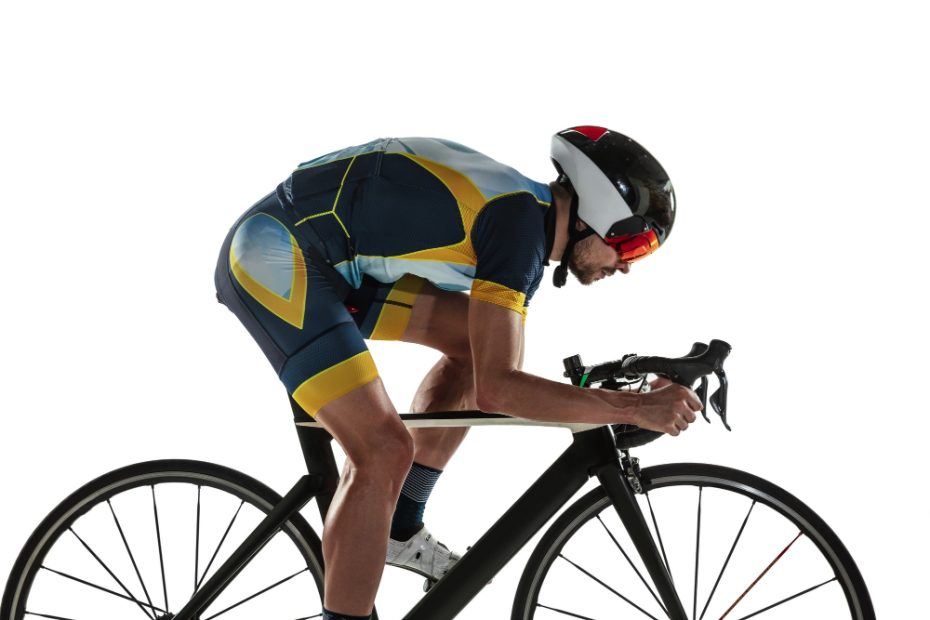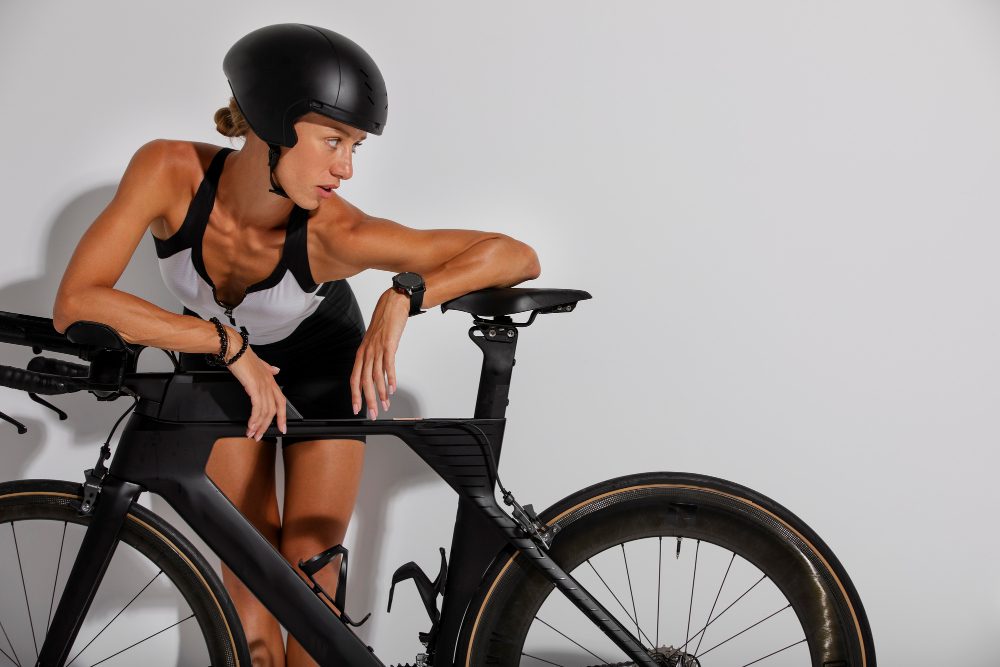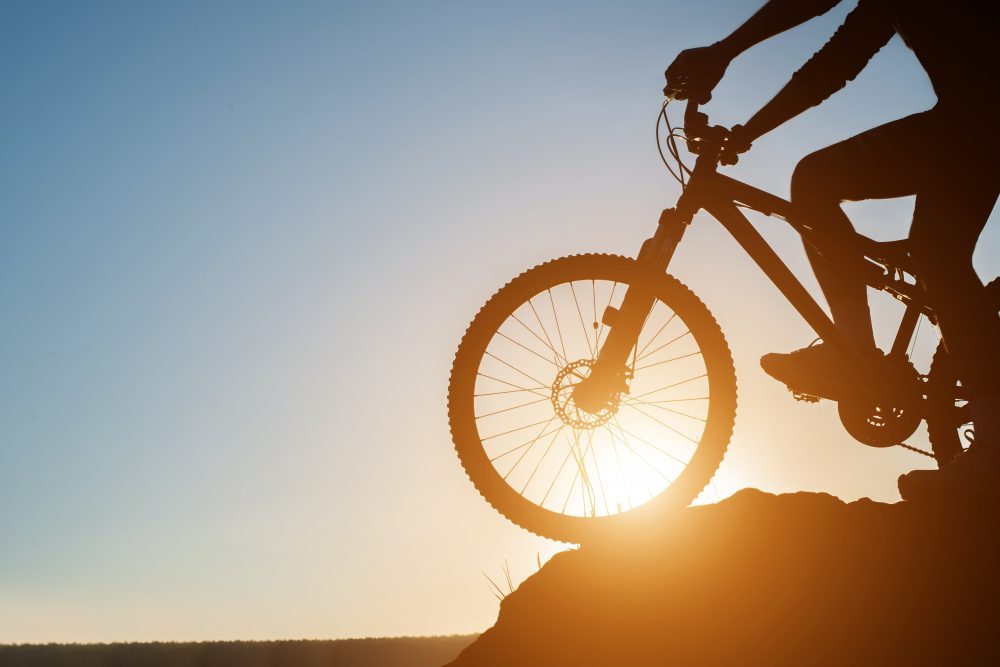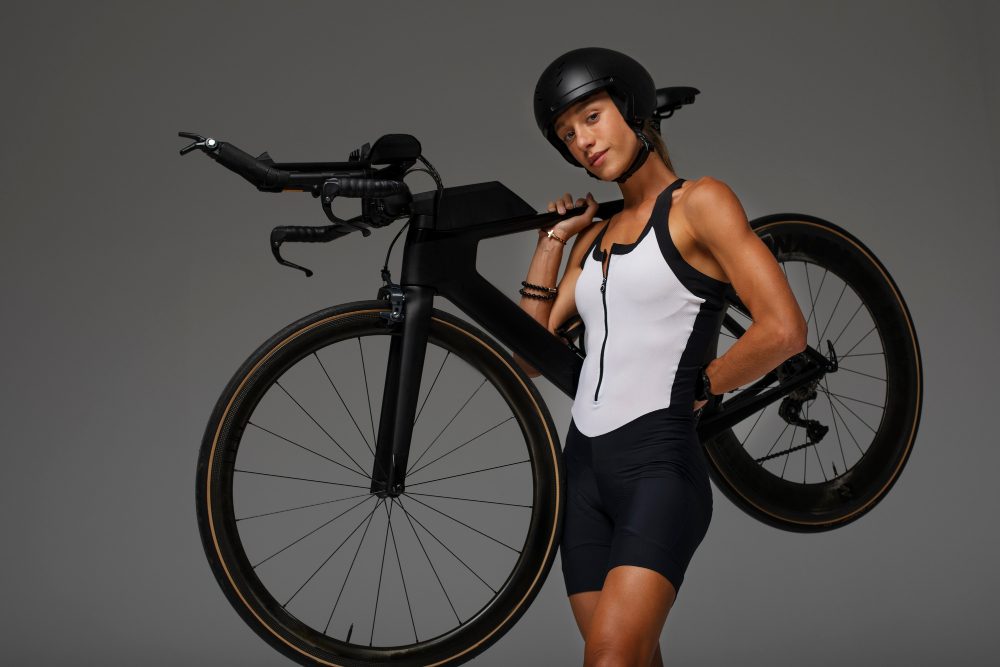How should a beginner start a triathlon?
Triathlons are challenging multi-sport events that combine swimming, cycling, and running into one race. For beginners, the thought of participating in a triathlon can be both exciting and daunting. However, with the right approach and preparation, anyone can successfully complete their first triathlon. In this article, we will discuss the key steps and considerations for beginners looking to start their triathlon journey.
1. Set clear goals
Before diving into training, it is important to set clear goals for yourself. These goals will help guide your training plan and keep you motivated throughout the process. Whether your aim is to complete a sprint-distance triathlon or eventually tackle an Ironman, having specific goals in mind will give you something to work towards.
Quote: “Setting goals is the first step in turning the invisible into the visible.” – Tony Robbins
Types of triathlon distances:
| Distance | Swim | Bike | Run |
|---|---|---|---|
| Sprint | 750m | 20km | 5km |
| Olympic | 1.5km | 40km | 10km |
| Half Ironman (70.3) | 1.9km | 90km | 21.1km |
| Ironman (140.6) | 3.8km | 180km | 42.2km |
2. Start with a training plan
Having a structured training plan is essential for beginner triathletes. It allows you to gradually build up your fitness and improve in all three disciplines. Consider seeking guidance from a qualified coach or using online resources to find a suitable training plan that aligns with your goals and current fitness level.
Tip: A well-rounded training plan should include specific workouts for swimming, cycling, and running, as well as dedicated rest days for recovery.
3. Focus on technique
In the early stages of triathlon training, it is crucial to pay attention to proper technique in each discipline. This will not only help prevent injuries but also improve efficiency and overall performance. Consider seeking professional instruction or joining a local triathlon club where experienced athletes can provide guidance and feedback.
Key technique tips:
- Swimming: Focus on body position, breathing, and stroke efficiency.
- Cycling: Master bike handling skills, pedal technique, and efficient gear shifting.
- Running: Work on maintaining good posture, proper foot strike, and efficient stride length.
4. Gradually increase training volume
As a beginner, it is important to gradually increase your training volume over time. Avoid the temptation to do too much too soon, as this can lead to burnout or injury. Start with manageable distances and durations for each discipline and gradually progress as your fitness improves.
Quote: “It’s not the will to win that matters—everyone has that. It’s the will to prepare to win that matters.” – Paul “Bear” Bryant
5. Practice transitions
Transitions are a unique aspect of triathlon where seconds can make a difference in your overall race time. As a beginner, practicing smooth transitions between disciplines is essential. Set up a transition area at home or a local park and simulate the swim-to-bike and bike-to-run transitions to get familiar with the process.
Tips for faster transitions:
- Layout your gear in a logical and organized manner.
- Practice taking off a wetsuit quickly (if applicable) and putting on cycling/running gear efficiently.
- Stay calm and focus on the next discipline rather than rushing through the transition.
By following these steps and staying consistent with your training, you can confidently start your journey as a triathlete. Remember to listen to your body, stay motivated, and enjoy the experience. Good luck with your first triathlon!
What bike should I get for my first Ironman?
Choosing the right bike for your first Ironman can be a daunting task, but with a little guidance, you can find the perfect fit for your needs. Here are some factors to consider:
Budget
Decide on your budget before starting your search. Bikes can range from affordable entry-level options to high-end models with advanced features. Remember to allocate some of the budget for accessories like helmets and cycling shoes.
Type of Bike
Consider the type of bike that suits your goals and preferences. For an Ironman, a road bike or a triathlon bike would be ideal. Road bikes offer versatility for various terrains, while triathlon bikes are designed for speed in flat courses.
Fit and Comfort
A proper bike fit is crucial for long-distance races. Visit a local bike shop to get professionally fitted, ensuring your bike is adjusted to your body measurements. Comfort is key during lengthy rides, so test out different models and brands to find what works for you.
Components
Paying attention to the components of a bike is essential. Look for a bike with reliable gears, brakes, and wheels. Consider the weight of the bike as lighter frames can provide better speed and efficiency.
Research and Test Rides
Do your research online and read reviews to get an idea of the best bikes on the market. Once you have a shortlist, visit local bike shops to test ride your top choices. This will help you determine which bike feels the most comfortable and suits your riding style.
Training Needs
If you’re a beginner, it’s important to focus on building endurance. Look for a bike that allows for adjustments as you progress in your training. A bike with a wider gear range can be beneficial for hilly terrains during your training rides.
Accessories
Consider the accessories you’ll need for your Ironman journey. This may include a bike computer, water bottle cages, and a bike bag for transport. Plan your budget accordingly to accommodate these additional items.
Remember, the perfect bike for your first Ironman is the one that fits you well, provides comfort, and suits your goals. It’s worth investing time and effort into finding the right bike to enhance your triathlon experience.
Here’s an example of a beginner-friendly bike comparison:
| Bike Model | Type | Price Range | Weight |
|---|---|---|---|
| Giant Defy Advanced 2 | Road Bike | £1,900-£2,500 | 8.6 kg |
| Cervélo P-Series Ultegra Di2 | Triathlon Bike | £3,500-£4,500 | 9.2 kg |
| Specialized Shiv Sport | Triathlon Bike | £2,500-£3,000 | 9.1 kg |
Remember to test ride these bikes to determine which one suits you best!
- Consider your budget, fit, and comfort when choosing a bike.
- Research and test ride different models.
- Focus on endurance and adjustability of the bike.
- Don’t forget about necessary accessories.
With careful consideration and a bit of experimentation, you’ll find the perfect bike that will support you throughout your first Ironman race.
How do I choose my first triathlon bike?
Consider your budget
When choosing your first triathlon bike, it’s important to consider your budget. Triathlon bikes can range in price from a few hundred to several thousand pounds. Determine how much you are willing to invest in a bike and look for options within that range.
Decide on the type of bike
Triathlon bikes come in different types, including road bikes, time trial (TT) bikes, and triathlon-specific bikes. Road bikes are versatile and suitable for both training and racing. Time trial bikes are designed for speed and aerodynamics, making them ideal for experienced triathletes. Triathlon-specific bikes are built specifically for triathlon races and often have additional features such as integrated storage.
Consider your riding style
Think about your preferred riding style when choosing a triathlon bike. If you enjoy long rides, comfort should be a priority. If you prefer speed and shorter distances, prioritize aerodynamics and stiffness.
Get fitted for the right size
Proper bike fit is crucial for a comfortable and efficient ride. Visit a local bike shop or consider getting a professional bike fitting to ensure you choose the right size.
Research different brands and models
Do your research and read reviews on different triathlon bike brands and models. Consider factors such as durability, performance, and customer reviews to make an informed decision.
Test ride before purchasing
If possible, test ride different triathlon bikes before making a purchase. This will give you a better idea of how the bike feels and handles, helping you choose the one that suits you best.
Consider additional equipment
In addition to the bike itself, consider any additional equipment you may need, such as aero bars, pedals, helmet, and cycling shoes. These accessories can enhance your performance and comfort during a triathlon.
Seek expert advice
If you’re unsure about choosing the right triathlon bike, seek advice from experienced triathletes, trainers, or experts in the field. They can provide valuable insights and recommendations based on their knowledge and experience.
“Choosing your first triathlon bike is an exciting process. Consider your budget, riding style, and get properly fitted to find the perfect bike for you.” – Triathlon Pro
Now that you have a better understanding of how to choose your first triathlon bike, make sure to take your time, do your research, and consider all the factors mentioned above. Finding the right bike will not only enhance your performance but also make your triathlon experience more enjoyable. Happy biking!



